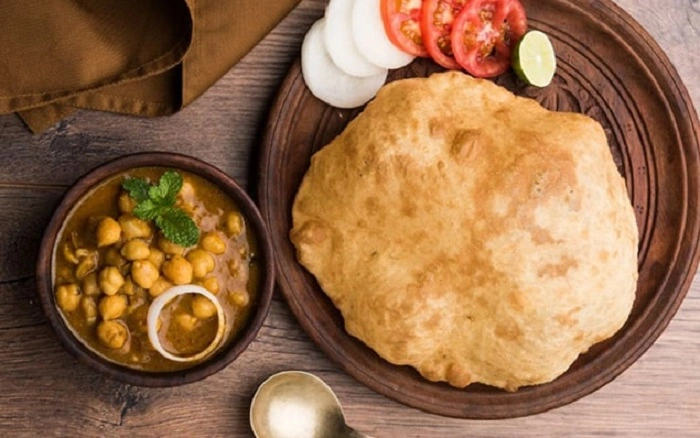The Taylor Ham, Egg, and Cheese sandwich is a New Jersey breakfast staple—savory, gooey, and stacked with bold textures. This iconic sandwich makes a flavorful and visually satisfying subject to draw, especially for food menus, digital recipes, or regional food illustrations. This guide walks you through how to illustrate each layer with accuracy, warmth, and mouth-watering appeal.
Table of Contents
Why Draw “Taylor Ham, Egg, and Cheese”?
Capture a Beloved Regional Comfort Food

This sandwich is more than just breakfast—it’s a cultural symbol. Drawing it adds authenticity to New Jersey-themed content or East Coast diner illustrations.
Practice Multi-Layered Food Composition
From crispy edges of pork roll to melty cheese drips and soft bread textures, this meal offers diverse textures that help you hone your food illustration skills.
Ideal for Recipe Cards, Diner Menus, or Branded Stickers
Whether for advertising or food blogging, a well-drawn Taylor Ham, Egg, and Cheese sandwich instantly draws attention and appetite.
Best Tips for Drawing “Taylor Ham, Egg, and Cheese”
1. Break Down the Sandwich Layers
Each component has a different shape, color, and texture—draw them layer by layer for realism.
How to Do It:
Top Bun: Draw a soft, rounded roll or Kaiser bun with light toasting. Add sesame seeds for extra detail.
Cheese Layer: Show melted American cheese dripping slightly over the egg or meat.
Fried Egg: Use a perfectly round white with a sunny yellow yolk, slightly set but still soft-looking.
Taylor Ham (Pork Roll): Draw pinkish-red slices with crisp, darker-brown edges and small slits on each side.
Bottom Bun: A mirror of the top bun—slightly flatter from the weight, with a toasted base.
2. Use the Right Colors for Maximum Flavor Impact
Each part of the sandwich should stand out with its distinct, warm color palette.
How to Do It:
- Taylor Ham: Use a deep pink with golden-brown crispy bits.
- Egg: Bright yolk with a pale, off-white base and slightly browned edges.
- Cheese: Golden yellow with a soft sheen and visible drips.
- Roll: Warm beige to light golden-brown with slight toast marks.
3. Add Melting and Overlapping Effects
Realism comes from showing how food interacts—melting, sliding, and overlapping.
How to Do It:
- Show the cheese pulling down over the meat and egg.
- Add soft shadowing where layers meet.
- Use curved lines to show volume and softness of the bread.
4. Draw It Whole or Cross-Sectioned
Decide whether to illustrate the sandwich closed or with a cutaway view to show the layers inside.
How to Do It:
- Whole Sandwich: Ideal for branding or product visuals—shows outer texture and shape.
- Cross-Section (Side View): Better for recipe cards or educational art—lets viewers see every delicious layer.
5. Set It in a Contextual Scene
Make the sandwich part of a story—on a breakfast plate, in a wrapper, or with a coffee cup.
How to Do It:
- Add hash browns, ketchup packets, or a diner placemat.
- Use a paper wrapper partially folded around the base.
- Place it on a plate with coffee steam rising in the background.
6. Use Warm Lighting and Shadows
This is comfort food—so the tone should be inviting and cozy.
How to Do It:
- Use soft highlights on the bun, cheese, and yolk.
- Add warm-toned shadows to suggest morning light.
- Avoid harsh lines—use blending for a natural, hearty look.
Choose the Best Drawing Style for Your Purpose
For Diner Menus or Local Posters


Realistic and Detailed
Highlight every ingredient with accurate textures and tones. Emphasize crispiness, melt, and volume.
For Social Media or Recipe Content
Stylized and Playful
Use bold outlines and vibrant colors. Exaggerate cheese drips or steam lines for impact.
For Stickers or Food Cart Branding
Minimalist Yet Recognizable
Focus on iconic shapes—triangular egg, folded ham, round bun. Simplify, but don’t lose the essence.
How to Store and Use Your Taylor Ham, Egg, and Cheese Illustration
Preserve Physical Artwork
- Use high-quality paper or board that won’t buckle under ink or marker layers.
- Store in portfolios or art sleeves if not framed.
Keep Digital Files Organized and Flexible
- Save layered files in PSD or AI formats.
- Export transparent PNGs for overlays.
- Group versions by usage: “Full Sandwich,” “Cross-Section,” “Minimal Logo Style.”
Repurpose for Multiple Media
- Included in a digital New Jersey food map.
- Add to breakfast menu templates or coffee shop signage.
- Feature in regional recipe books or travel food blogs.
Frequently Asked Questions (FAQs)
What is Taylor Ham, and how should it look in a drawing?
It’s a type of pork roll. It should appear as thin, round slices with crispy edges and small corner notches.
How do I make the cheese look melty?
Use curved, dripping lines and highlight areas with bright yellow to simulate shine and warmth.
Can I draw the sandwich being eaten?
Yes! A bitten corner or split sandwich makes the drawing feel more dynamic and real.
Should I include steam or aroma lines?
If you’re aiming for a warm, cozy vibe—yes. Use soft, wavy lines above the sandwich to imply heat.
What setting works best for this sandwich?
A diner table, a paper takeout wrapper, or a plate with coffee makes the most sense for authenticity.

